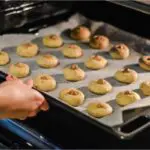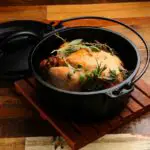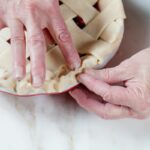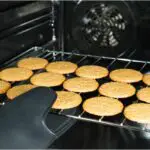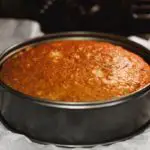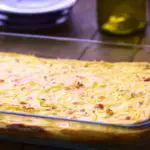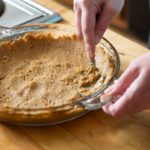One of the biggest questions novice bakers have regarding bread is whether it’s better to use a convection oven or a conventional oven.
Today, we’re going to discuss the benefits and drawbacks of using a traditional oven vs a convection oven when making your own bread.
The pros and cons we highlight in this guide should help you to choose the best oven for baking bread.
Convection Ovens Vs Conventional Ovens: What’s The Difference?
A conventional oven, or a regular oven, is the kind of cooking appliance most of us are used to baking with.
In a conventional oven, you’ll find two heating elements at the top and bottom.
As these elements heat up, they warm the air inside the oven, with the bottom element heating from the bottom up, and the top element heating from the top down.
Most of the heat inside the oven comes from the bottom heating element in conventional ovens, while the top heating element is mostly used for broiling.
Convection ovens, on the other hand, work slightly differently. Instead of heating from the top and bottom.
This kind of oven has a fan and exhaust system, which helps to distribute hot air evenly around the food.
One of the most common uses for convection ovens is roasting meats because even heated air distribution helps to ensure that the meat is cooked through.
Both gas and electric ovens may have convection and regular bake settings that you can turn on or off depending on what you’re looking for.
But what about when it comes to baking bread? Should you choose the convection option, or stick to regular baking? Let’s weigh up the pros and cons of each method.
Pros And Cons Of Using A Conventional Oven For Bread
Conventional baking is sometimes the best choice for bread, and other times, it might be best to turn to convection baking. Here’s what you should know:
How A Conventional Oven Can Improve Your Bread
Moisture
If you’re making soft bread with a lot of yeast, you should probably stick to conventional baking.
That’s because the lack of air circulation in a standard oven makes for a moist environment, which is conducive to soft and fluffy bread.
So, to keep your bread moist, turn off your convection settings.
Smaller Surfaces
If you are making small bread rolls or quick breads, a convection oven could cause them to brown unevenly because heat is being blown sideways.
In a normal oven, the heat coming directly from the top will ensure that the surfaces of your rolls stay even.
When A Conventional Oven Might Not Be The Best Choice
Larger Loaves
Large loaves of bread are difficult to cook evenly or quickly in regular ovens because the heat only comes from the top and bottom, as opposed to heated air from all sides.
Convection baking is almost always the better choice for large loaves.
Desired Browning
Although conventional ovens can help to brown small surfaces more evenly, if you want a lot of browning on the exterior of your loaf (particularly if it’s a larger loaf) you should probably not use a regular bake setting.
A convection bake will do a better job.
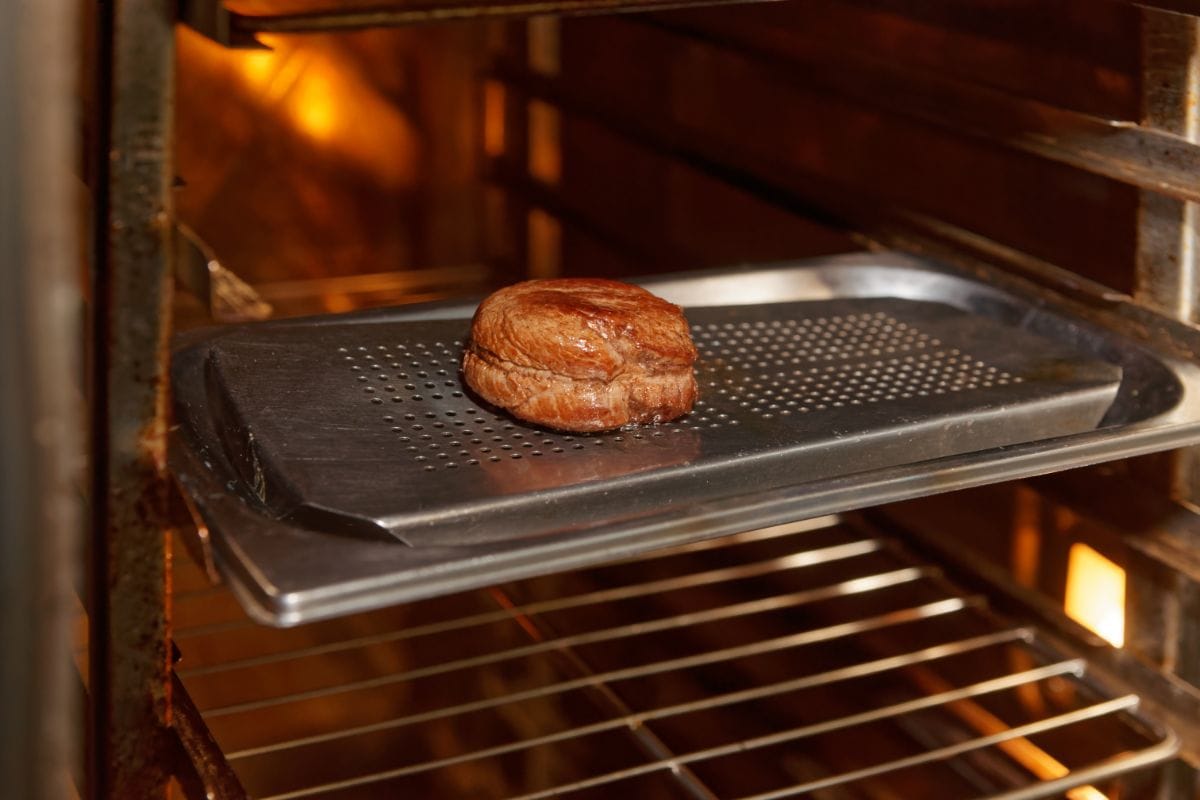
Benefits And Drawbacks Of Convection Baking For Bread
A convection bake can definitely take your bread to the next level in some cases, but it really depends on what kind of bread you’re baking.
Why Use A Convection Oven For Bread?
Crusty Bread
If you’re making bread with a thick crust and crispy exterior, the dry heat produced by convection ovens is likely to produce the best results.
The heat coming from all directions will also help the softer bread inside the crust to be thoroughly baked.
Faster Baking
Convection ovens have faster cooking times than their conventional counterparts, so if you need to finish baking in a hurry, convection baking is the best choice.
When To Choose A Standard Oven Instead
Delicate Or Soft Breads
If the type of bread you’re baking is intended to be very soft or is easy to over-bake, choose regular ovens over convection.
The drier environment and intensely hot air of convection baking are not suited to these kinds of bread.
Precise Recipes
If your recipe calls for a very precise cooking time or temperature, using a convection oven can be very difficult.
Since most recipes are not written for convection ovens, you may have to use lower temperatures and reduce the cooking time to avoid overcooking, which could impact the finished product.
Limited Space
Putting multiple dishes of any kind of food, including multiple loaves, in a convection oven can decrease the efficiency of the convection fan and exhaust system because limited space impedes the circulation of air through the oven.
Overview: Conventional Vs Convection Oven For Bread
As you can see from our comparisons of conventional and convection ovens, there are some situations where one oven is clearly the better choice for baking bread.
Here are the factors you should consider when deciding which to use:
Recipe
If your recipe is very precise about timing, requires a lower temperature, and hasn’t been written for a convection oven, it’s best not to use the convection setting.
Baking Time
Many convection ovens will cook faster than normal ovens, so if you don’t have much time on your hands, a convection oven can be helpful.
Bread Type
A convection oven will help to produce a crispy exterior, while conventional baking settings are better for soft and fluffy bread.
Bread Size
Use a convection oven for larger loaves of bread, but turn off the convection setting for smaller rolls to ensure even browning.
Space
Convection baking won’t be as effective if there are too many baking dishes in your oven.
Final Thoughts
Baking bread in a convection oven vs a traditional oven is a decision you should make based on what your recipe recommends, what type of bread you’re baking (including the size), and how much time and space you have.
Both have their place when it comes to baked goods.

